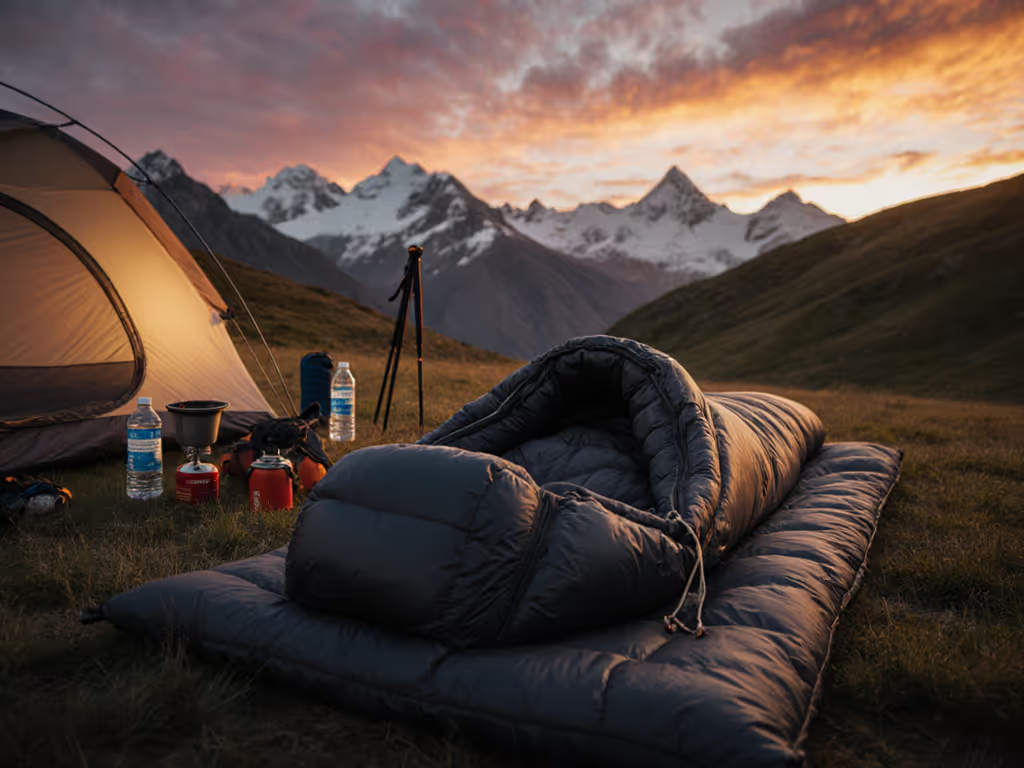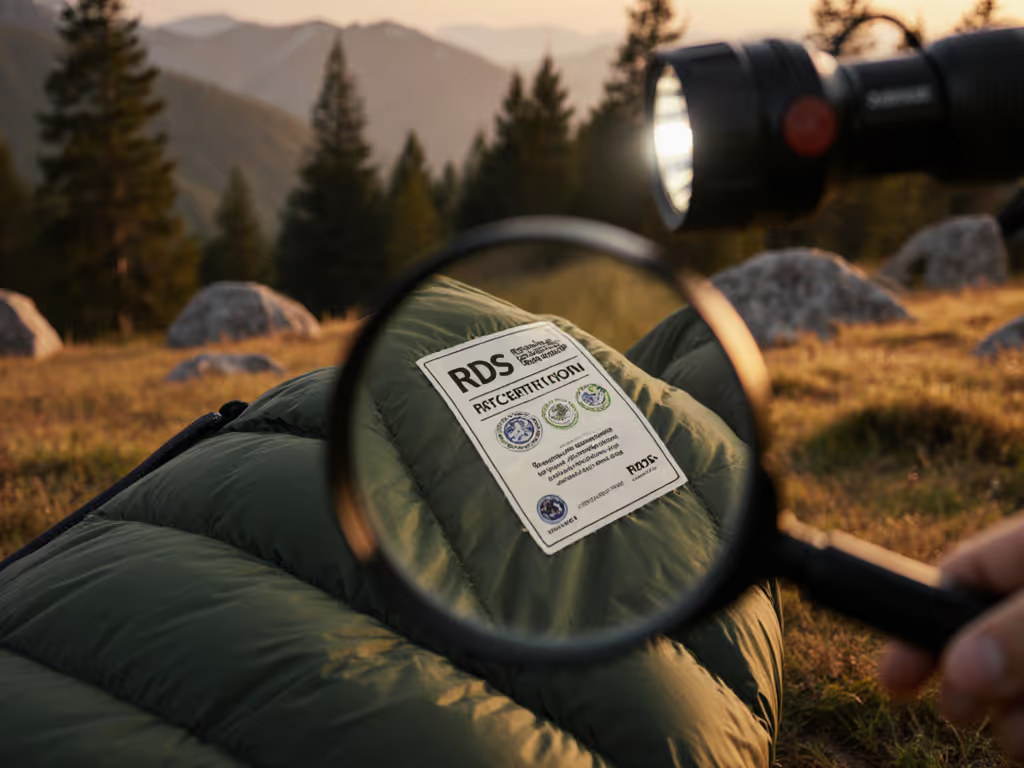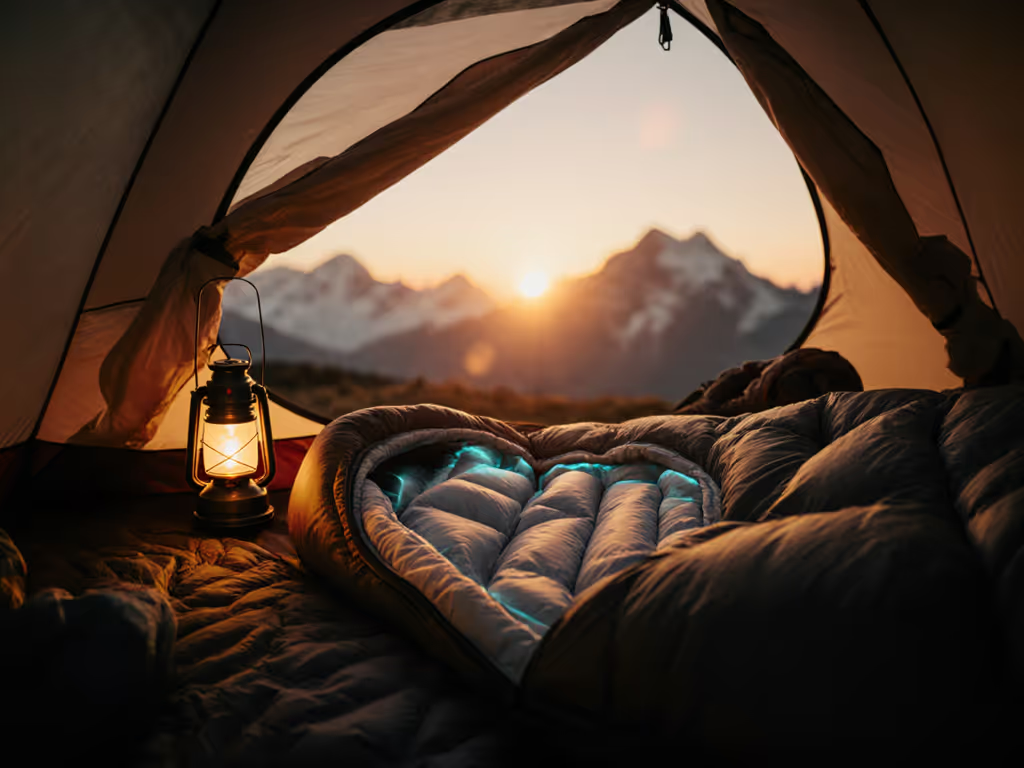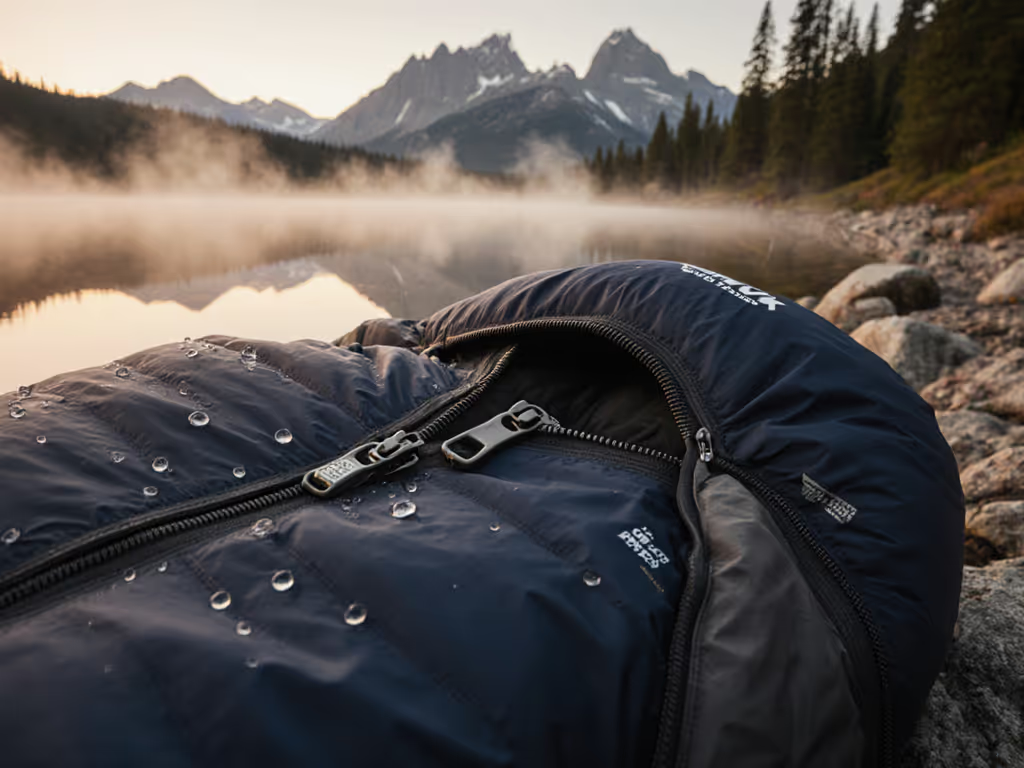
Winter Rated Sleeping Bags: Match EN Comfort Ratings to Your Warmth
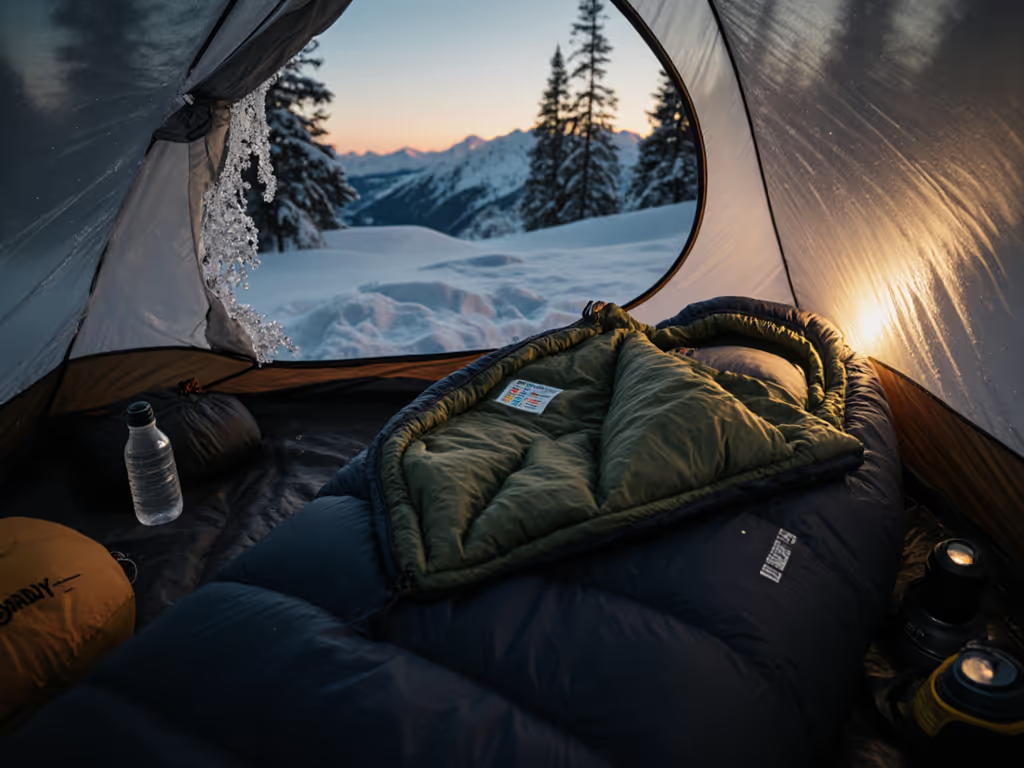
Understanding winter rated sleeping bags isn't just about surviving freezing temps, it's about waking up dry, draft-free, and genuinely rested. Too many campers grab a "0°F-rated bag" only to wake shivering at 25°F, unaware that this "rating" often reflects the limit temperature (where you'll curl up fighting cold), not true comfort. Let's decode how to align EN comfort ratings with your unique physiology, sleep position, and microclimate, because true comfort is multi-factor: fit, feel, fabric, and freedom.
Why Your Winter Rated Sleeping Bag Feels Cold at Its "Rated" Temperature
Sleeping bag temperature labels are often misleading. For a deeper dive into EN/ISO testing and how to interpret manufacturer claims, see our real-world warmth guide. When you see "20°F" on a bag, manufacturers may reference the lower limit (EN Limit) where a "standard" male sleeper avoids hypothermia, but not where you'll sleep comfortably. Industry data confirms most brands prioritize the lower limit in marketing, creating dangerous gaps between expectation and reality. Here's how EN/ISO ratings actually translate:
| Rating Type | Definition | Real-World Implication for Most Sleepers |
|---|---|---|
| Comfort (Female) | Lowest temp where a woman sleeps comfortably relaxed | Your true "warm enough" target for restful sleep |
| Lower Limit (Male) | Lowest temp where a man sleeps curled up without shivering ("fighting cold") | Where you'll likely wake cold; not your comfort target |
| Extreme | Survival threshold (hypothermia risk) | Never plan to test this! |
The critical mistake? Assuming the bag's advertised number is your comfort threshold. If your winter rated sleeping bag lists "0°F," check its Comfort rating, because it's often 15-20°F warmer. A bag with a 0°F Lower Limit (sold as "0°F bag") typically has a Comfort rating of 15-20°F. That's why you're cold at 25°F!
Comfort is multi-factor: fit, feel, fabric, and freedom.
Why Comfort Ratings Vary Wildly by Body Type
The EN test uses a "standard" female (160cm/60kg) and male (176cm/73kg) thermal mannequin, but real humans differ. If you:
- Sleep cold (e.g., poor circulation, lower body fat): Add 5-10°F to the bag's Comfort rating. A 20°F Comfort bag may feel like 25-30°F to you.
- Sleep warm (e.g., higher metabolism): Subtract 3-5°F from Comfort rating.
- Are a side sleeper: Compression from your hip/shoulder reduces effective warmth by 5-8°F in narrow mummies. Side sleepers, this is where drafts seep in unless you size up.
Body-position callout: Narrow zipper openings in "women's" bags often pinch broader shoulders, creating neck gaps. Opt for unisex or unrestricted hood designs if you shift positions.
Moisture & Fit: The Hidden Warmth Killers in Winter Rated Sleeping Bags
I learned this the hard way during a humid coastal trek. My "rated -10°F bag" soaked me at 35°F (not from cold, but condensation). Down fill power (e.g., 800FP vs 650FP) traps more heat if dry, but moisture cripples insulation. Hydrophobic down helps, but fit controls airflow.
Condensation check: If your bag's interior feels clammy by dawn:
- Fit failure: A too-tight bag compresses insulation at pressure points (hips/shoulders), letting cold air penetrate. Aim for room to move without excess volume.
- Fabric failure: Low MVTR (moisture vapor transmission rate) shells trap sweat. Prioritize breathable liners (e.g., silk) and shell fabrics with >15,000g/m²/24hr MVTR.
- Venting neglect: Crack a zipper 2-3" during sleep (especially in double-wall tents). Still damp? You need higher MVTR or a synthetic bag.
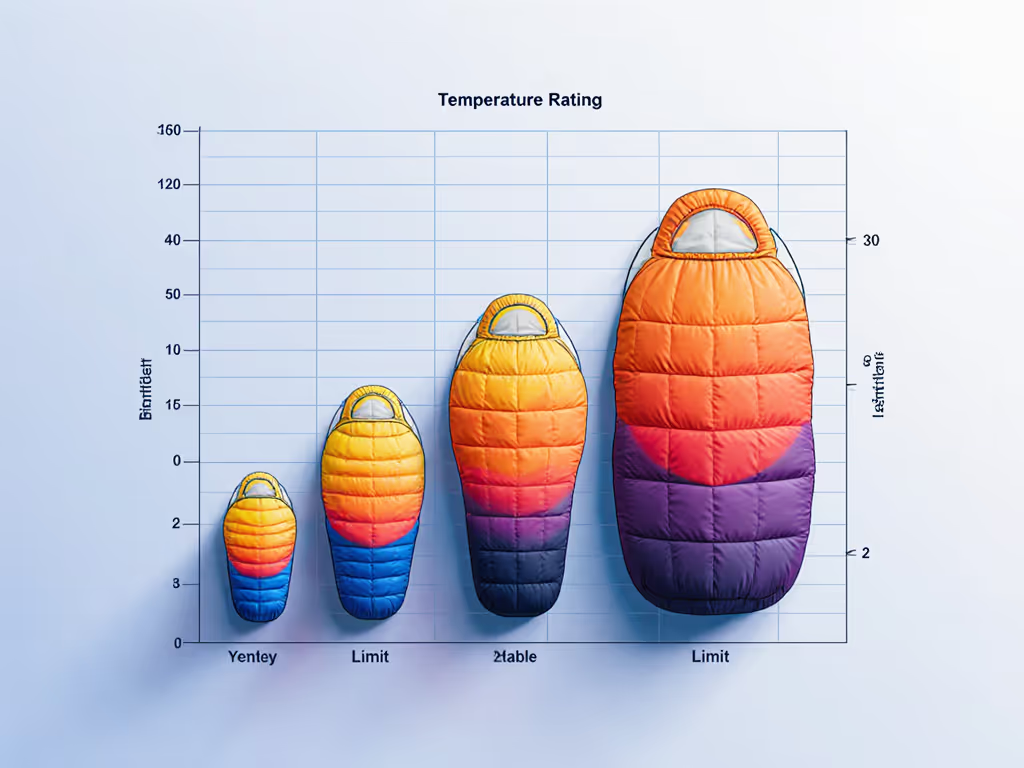
Down Fill Power's Role (and Limits)
Down fill power (e.g., 650FP, 850FP) measures loft efficiency, not direct warmth. Higher FP = lighter weight for equal warmth, but only when dry. In humid winter conditions:
- 650-750FP: Best value for dry cold (e.g., continental climates). Compromises warmth-per-ounce but costs less.
- 800-900FP+: Ideal for alpine or pack weight-sensitive trips. More expensive but critical for sub-zero dry air.
- Hydrophobic down: Adds 15-20% moisture resistance. Worth it for coastal/mountain humidity, but never rely solely on this.
Key insight: A roomy 650FP bag often outperforms a tight 900FP bag in real conditions. Sacrificing fit for high down fill power backfires when insulation compresses.
Building Your Personalized Winter Warmth Formula
Stop guessing what temperature rating you need. Calculate your actual comfort threshold:
Your Real Comfort Temp = Bag's EN Comfort Rating + Pad R-Value Boost - Sleep Position Penalty
- Pad R-Value Boost: Every R-1 adds ~7°F of warmth. For 20°F nights, you need R-4+ (not the R-2.5 in cheap pads).
- Sleep Position Penalty: Side sleepers: -5°F; Back sleepers: 0°F; Restless sleepers: -3°F.
Example: A bag rated EN Comfort 15°F (20°F Lower Limit) + R-4.5 pad + side sleeper penalty = 15°F + 12°F - 5°F = 22°F real comfort. Target bags with EN Comfort below your coldest expected temp!
When to Step Up to Dedicated Winter Rated Sleeping Bags
3-season bags (e.g., 20°F Comfort) work down to their Comfort rating if:
- You use a high-R pad (R-4+)
- Temperatures stay above freezing
- Your shelter is double-walled (reducing condensation)
True winter rated sleeping bags (0°F Comfort or lower) become essential when:
- Temps drop below 20°F at ground level (not just air temps)
- You sleep in single-wall tents/snow shelters (higher condensation risk)
- Wind chill exceeds 10mph consistently
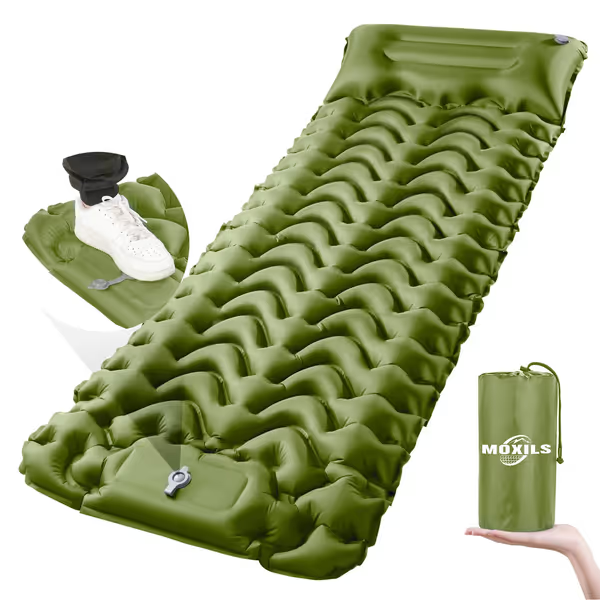
MOXILS Ultralight Inflatable Sleeping Pad
Avoiding the "Overrated Warmth" Trap
Many campers overspend on extreme "-20°F" bags unnecessary for their conditions. Instead:
- Leverage your sleep system: A Reactor thermal liner adds 5-15°F instantly. Pair with a 20°F bag + R-4.5 pad for 5°F nights.
- Check MVTR specs: Bags under 10,000g/m²/24hr struggle in humidity, so prioritize >15,000 for coastal winter trips.
- Size for layers: If wearing a puffy jacket, size up 1-2 in bag girth. A "snug" fit traps moisture.
Fabric hand note: Run your palm inside the shell. If it feels slick/crisp (like cheap nylon), it's likely low-MVTR. Soft, peached textures often breathe better.
The Final Comfort Check
Before buying, ask:
- "Is the Comfort rating 5-10°F below my lowest expected temp?"
- "Does the cut accommodate my sleep position without compression?"
- "Will the shell fabric breathe during temperature deltas for humidity (e.g., 30°F days/15°F nights)?"
If not, keep looking. That MOXILS pad's R-4.5 is useless if your bag leaks drafts at the shoulder. True warmth starts where fabric, fit, and function align (for your body). Invest once in a system that matches your metrics, not marketing.
Ready to customize your winter sleep? Calculate your exact EN Comfort target based on your height, sleep style, and typical conditions (no more guessing games).

